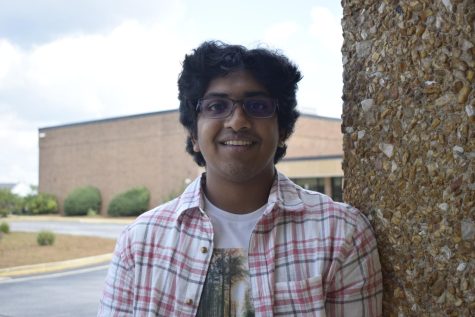Chances are, journalists are not the first people that spring to mind when thinking of professions that put their lives on the line. However, with each passing year, being a journalist is becoming more and more dangerous. In fact, in the past decade, 554 journalists and 49 media workers were killed across the globe.
This issue has come to light amid the current Russia-Ukraine war. Amid the conflict, at least 14 journalists and media workers have been killed. Of these journalists, six were Russian, four were Ukrainian and the last four were American, Italian, Lithuanian and Irish, respectively.
This number is just an estimate. The reality is, that so few people know the truth about civilian journalist deaths that even the number of those that died is not certain. It is unacceptable that journalists who suffer the consequences of putting their lives on the line are reduced to a number, but the situation becomes more tragic when even this number is not definite.
The issue of civilian journalists’ deaths across the world is representative of a much larger issue; civilian journalist deaths represent an attack on the freedom of the press.
How is the issue presented across the world?
Reporters Without Borders (RSF) compiles a global ranking called the World Press Freedom Index each year. A quick glance at the map reveals the severity of this issue, as the map is primarily an assortment of reds and dark oranges, and some countries are even in the black, with the darker pigments representing a lack of freedom of the press.
Out of 180 nations, Russia is ranked 150 and Ukraine is at 97; rankings that are further solidified as we witness on a global scale the devastating reality of what happens when nations seek to obstruct the freedom of the press.
This obstruction of the free press becomes especially apparent in Russia, as Russian President Vladimir Putin has a long history of making efforts to restrict and control the press. These habits have carried into the current conflict. Putin has continued to struggle to maintain control over the truth since the very beginning of the invasion by restricting Russian national news organizations and shutting down any remains of an independent press in Russia. Furthermore, Putin has established a censorship law that states that any journalist who refers to the current military conflict as a “war” or otherwise violates the Kremlin’s propaganda line can be met with upwards of 15 years in jail.
Not only have civilian journalists been combated with violence in the midst of the conflict, but Russian government officials have also harassed many local journalists. Russia’s attacks against the truth equate to attacks against democracy and freedom.
This issue is not unique to Russia. In Ukraine, too, the freedom of the press is being threatened. The Zelensky administration was once quoted as saying it “doesn’t need journalists,” and since then, has moved to control the media by pressuring publications, attempting to make demands of political talk shows, and threatening criminal prosecution of journalists.
Head of RSF’s Eastern Europe and Central Asia desk Jeanne Cavelier stated that the work of civilian journalists “is essential in order to understand the war in Ukraine and attacking journalists is a war crime under international law.” For this reason, RSF has called on the authorities of Russia and Ukraine to guarantee the safety of reporters covering the conflict.
The current deaths of civilian journalists during the Russia-Ukraine conflict are, unfortunately, just one example of a bloody history for reporters covering wartime events. The Syrian war, Civil Wars in North Africa and Taliban violence are just a few examples of times when journalists seeking truth have been killed for their valiant efforts. This issue has plagued our society for far too long and must be stopped in the name of truth.
Past, present and future efforts
Though efforts have been made to address this issue, we still have a long way to go to protect both journalists and freedom of the press
In 2014, we saw the deaths in Syria of journalists James Foley and Steven Sotloff. These deaths were referred to as a turning point, as subsequently, RSF, Associated Press (AP), the Dart Center, the Overseas Press Club, the International Press Institute, the Frontline Freelance Register and Reuters together founded A Culture of Safety Alliance (ACOS) and drafted the Freelance Journalist Safety Principles. According to ACOS, the Freelance Journalist Safety Principles “outlines a set of safety standards that both parties should undertake and expect as a standard work environment, including insurance for reporters in the field as well as careful risk assessments for correspondents covering conflict, whether they are staff members or freelancers working on a contract.”
Furthermore, following the recent deaths of civilian journalists in the Russia-Ukraine conflict, many journalism organizations along with journalists around the world have condemned the attack.
These steps are important. However, they cannot be the only steps that we take. Using words can be the first action, but they should function only as a starting point.
We need to not only support local news organizations and journalists but also create a national environment with safe conditions that can encourage and foster civilian journalism.
As citizens, we can donate to and support organizations that share this same mission, such as the Ground Truth Project, Report for America and Report for the World. Furthermore, we can lobby our senators and representatives to support creating safe conditions for journalists at an international level. Last, we must demand coverage of journalists that have lost their lives fighting for truth and freedom.
As civilian journalists die fighting for the truth, so too does the truth. We must take action to protect the freedom of the press.
Civilian Journalist Deaths
Although many sources differ on the number, 14 journalists died trying to cover the Russia-Ukraine war, and the number will likely keep climbing. Here are a few of the journalists who have died in this two-month war, although there is little information about them in the media. These are journalists who died trying to inform the public, we need to do a better job honoring their lives and efforts.
Yevhenii Sakun
Yevhenii Sakun, a 47-year-old cameraman for LIVE, had been covering the war for five days prior to his death. Sakun died March 1 in a shelling in Kyiv, Ukraine, making him the first journalist who was reported as killed on the job in the war. Sakun’s former colleague Olga Tokariuk shared the news of his death on Twitter. “It was a pleasure working with him. I’m devastated by this news. Eternal memory,” Tokariuk said.
Brent Renaud
Brent Renaud was a 50-year-old, award-winning American filmmaker who was working for TIME magazine on a video project titled “Tipping Point” about the global refugee crisis. He died March 13 when Russian troops opened fire on his vehicle in Irpin, Ukraine—located just outside of Kyiv—making him the first American journalist to die covering the Russia-Ukraine war. Renaud and his brother, Craig Renaud, often collaborated on films regarding poverty, violence, war and homelessness. “What gives me the greatest heart, though, is how specifically and genuinely the people honoring Brent acknowledge the mission that drove him. A person who had devoted his life to telling the stories of overlooked people was slaughtered trying to reach them,” Craig said in a recent TIME article. TIME editor in chief Edward Felsenthal and TIME president Ian Orefice also released a statement regarding his death. “We are devastated by the loss of Brent Renaud,” Felsentahl and Orefice said. “Our hearts are with all of Brent’s loved ones. It is essential that journalists are able to safely cover this ongoing invasion and humanitarian crisis in Ukraine.”
Oleksandra Kuvshynova
Oleksandra “Sasha” Kuvshynova was a producer for Fox News helping teams navigate when she died. Additionally, Kuvshynova was a passionate DJ who co-founded a music community named Fusion. As she was traveling with her colleagues on March 14, her vehicle came under gunfire, taking her life. “I was stunned. I actually picked up the phone and tried to text her… the same with Pierre. Obviously, neither of them answered me back,” Fox News journalist Yonat Friling said in a Fox News article. “She kept talking about what’s going to happen after the war is going to end, how beautiful Kyiv is and how we are going to go and walk around, go and have coffee, go listen to music, the arts, everything that she adored and wanted.”
Pierre Zakrzewski
Pierre Zakrzewski, a 55-year-old cameraman for FOX News, was traveling with Kuvshynova when they both died from gunfire in Horenka, Ukraine. “His passion and talent as a journalist were unmatched,” Fox News CEO Suzanne Scott said. “He was profoundly committed to telling the story and his bravery, professionalism and work ethic were renowned among journalists at every media outlet.” One of Zakrzewski’s colleagues shared the last message Zakrzewski sent him before he died: “I will effort to get as much of this on TV to help Ukrainians in every way possible. Keep Smiling. Pierre.”
Oksana Baulina
Russian journalist Oksana Baulina was killed while filming shelling destruction for the Insider in Kyiv’s Podil district March 23. She previously worked for the Anti-Corruption Foundation, founded by Alexei Navalny, but was forced to leave the country and switch jobs once the group was deemed “extremist” by a Moscow court. “I first met Oksana Baulina five years ago, when she was editor of Alexei Navalny’s YouTube channel. We last talked last spring. Today we learn she was killed during a Russian rocket attack while on assignment in Kyiv. Another victim of Putin’s senseless war. What a horrible loss,” NPR international correspondent Lucian Kim said in a Twitter post.
Maksym Levin
Ukrainian photojournalist Maksym Levin was 40 years old when he went missing on March 13 and was found dead on April 1. Levin had been near the village of Huta Mezhirska documenting war damage with his colleague Oleksiy Chernyshov, who has yet to be found. “In the battle at Ilovaisk, when I became trapped with a group of soldiers, I had no choice. I put down my camera and helped carry the wounded and the dead. Of course, I never held a weapon—but there were moments when I couldn’t take a picture because of my sensitivity and involvement,” Levin said in a past interview with LensCulture writer Anna Akage. “Even if I abstractly understood that these photos might be the only evidence left for history, there was something too personal about it to ‘make work.’”

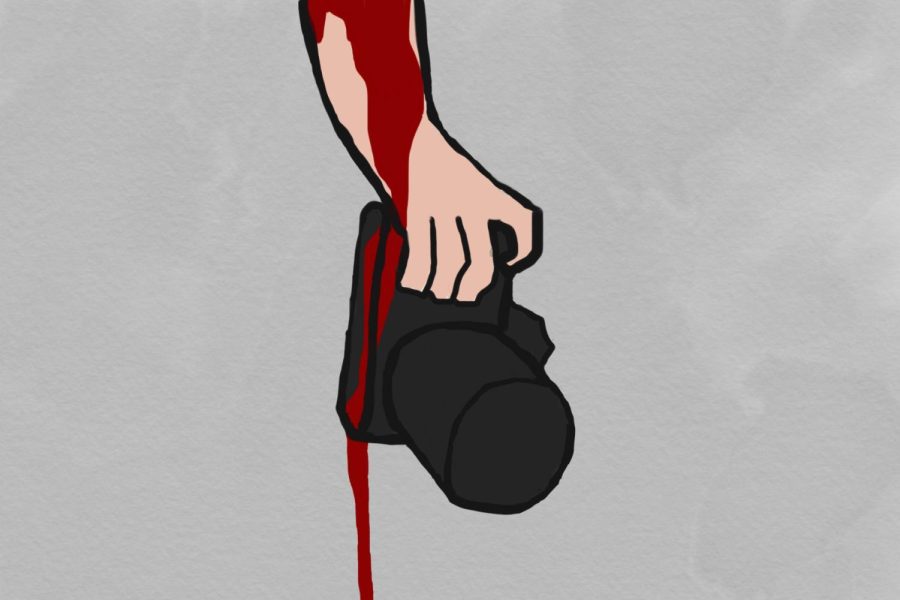
![Leaning on the podium, superintendent Melissa Schneider speaks to Parkway journalism students during a press conference. Schneider joined Parkway in July after working in the Thompson School District in Colorado. “My plan [to bond with students] is to get things on my calendar as much as possible. For example, being in [classes] is very special to me. I am trying to be opportunistic [meeting] kids [and] being in [the school] buildings. I have all the sports schedules and the fine arts schedules on my calendar, so that when I'm available, I can get to them,” Schneider said.](https://pwestpathfinder.com/wp-content/uploads/2025/09/IMG_5425-1200x943.jpeg)

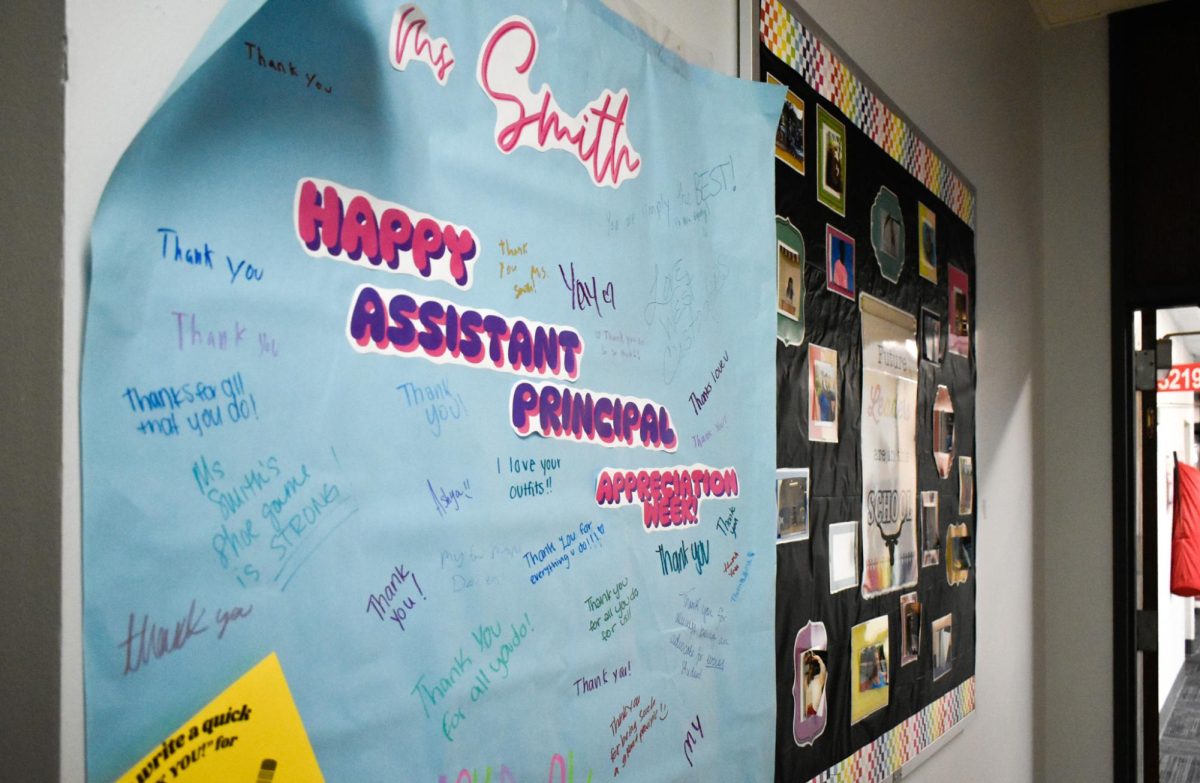
![Red, white and blue, the American flag holds the values of our democracy. The fight that we once endured has returned, as student journalists and senior correspondents across the country are losing their voices due to government control. “[Are] the White House and [the] government limiting free speech [and] freedom of the press? Yes [they are],” chief communications officer of the Parkway School District and former journalist Elisa Tomich said.](https://pwestpathfinder.com/wp-content/uploads/2025/03/Untitled-design-14.jpg)
![A board in the Parkway West counseling department displays pennants of selective universities. With a wide range of students interested in attending, it’s important that these schools have clear priorities when deciding who to admit. “[Washington University] had the major that I wanted, psychology, philosophy, neuroscience. That's a holistic study of the brain, and [WashU is] the only college in the world that offers that. That's the main reason I wanted to go; I got into that program,” senior Dima Layth said.](https://pwestpathfinder.com/wp-content/uploads/2025/02/Flag-1.png)
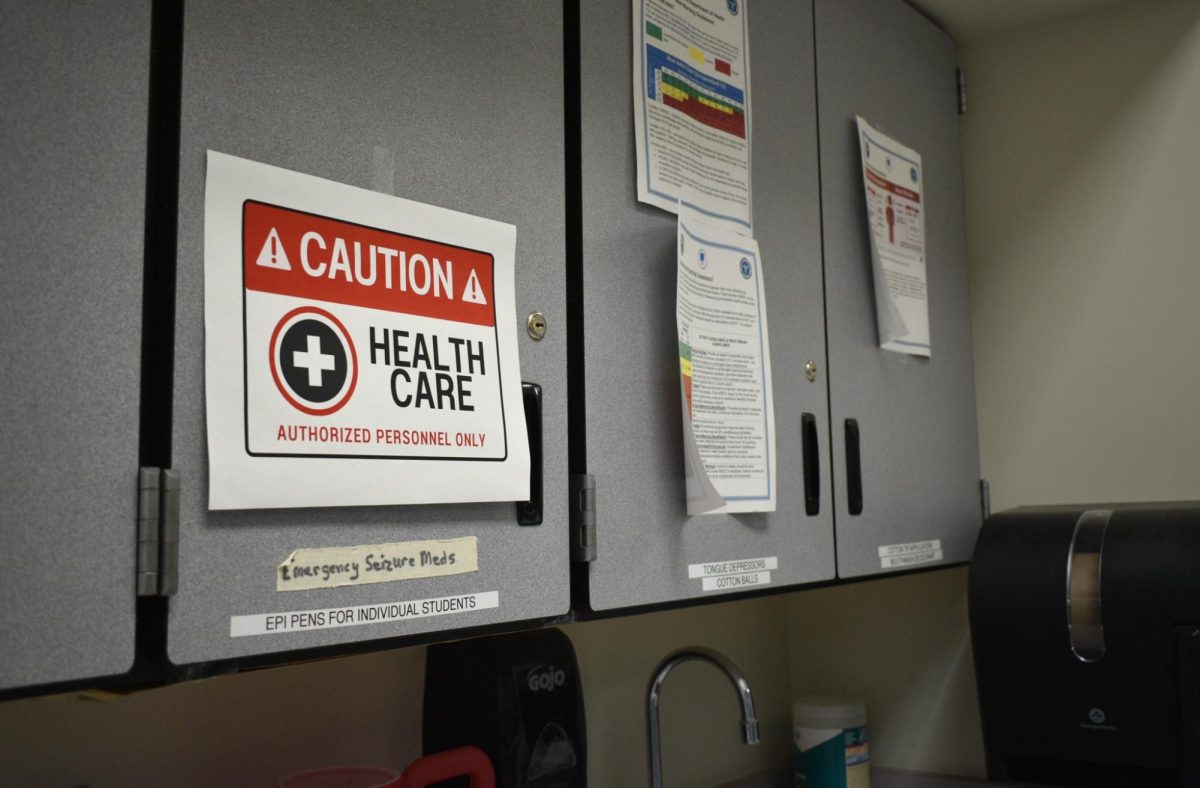
![Within the U.S., the busiest shopping period of the year is Cyber Week, the time from Thanksgiving through Black Friday and Cyber Monday. This year, shoppers spent $13.3 billion on Cyber Monday, which is a 7.3% year-over-year increase from 2023. “When I was younger, I would always be out with my mom getting Christmas gifts or just shopping in general. Now, as she has gotten older, I've noticed [that almost] every day, I'll open the front door and there's three packages that my mom has ordered. Part of that is she just doesn't always have the time to go to a store for 30 minutes to an hour, but the other part is when she gets bored, she has easy access to [shopping],” junior Grace Garetson said.](https://pwestpathfinder.com/wp-content/uploads/2024/12/DSC_0249.JPG-1200x801.jpg)
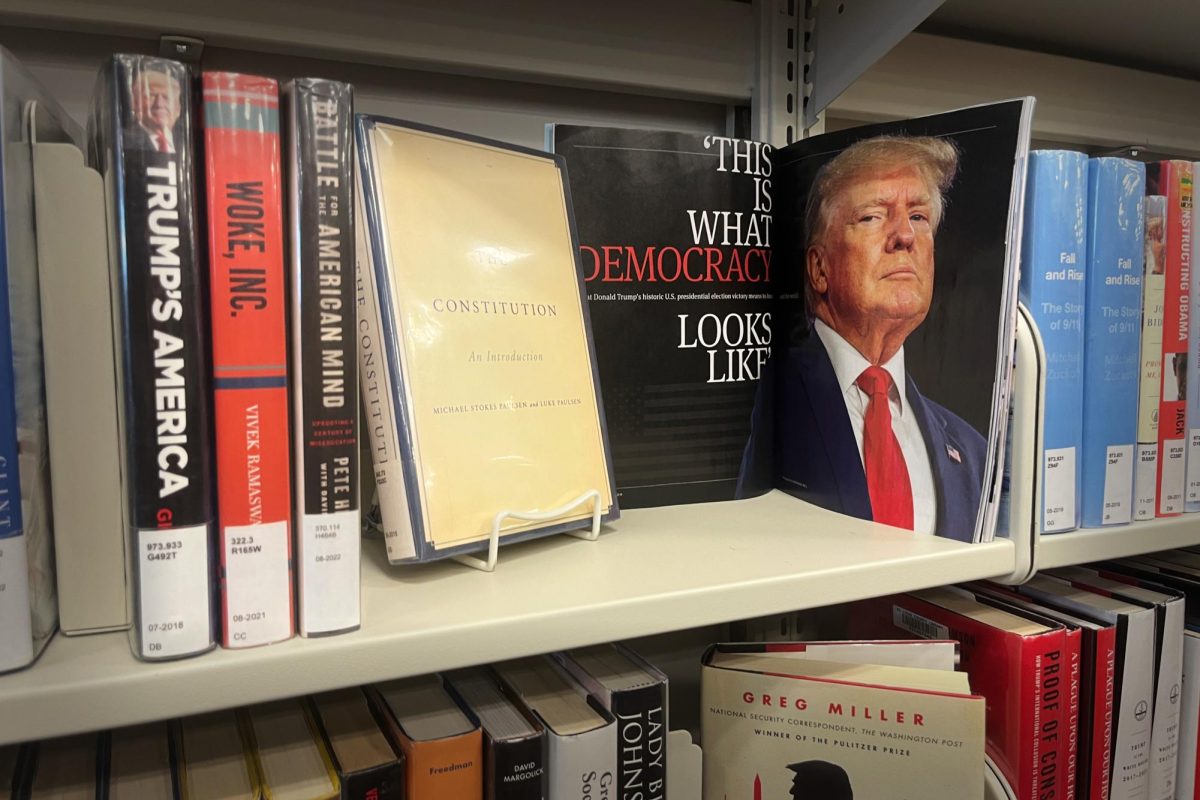
![Senior Sally Peters stands in the history hallway, contemplating her choices in the 2024 United States and Missouri elections on Nov. 5. As a member of Diplomacy Club, Peters has discussed key candidates and issues in contemporary American politics. “[As students], we're starting to become adults. We're realizing how much the policies that are enforced and the laws that make it through the House and Senate are starting to affect us. [Opportunities such as] AP [U.S.Government] and Diplomacy Club [make elections feel] a lot more real,” Diplomacy Club vice president and senior Nidhisha Pejathaya said.](https://pwestpathfinder.com/wp-content/uploads/2024/10/Flag-1-1.png)
![Mounting school pressure can leave many students overworked and overstressed. Schools must give students the necessary resources to help assuage student mental health issues and prevent the development of serious crises. “The biggest thing [schools] can do [to protect student mental health] is offer more time [to do work], like a study hall, or offer more support from teachers so that students don't feel stressed out and can get help in areas that they need,” senior Bhavya Gupta said.](https://pwestpathfinder.com/wp-content/uploads/2024/09/unnamed-4.jpg)
![After a thrilling point, senior Katie Byergo and junior Elle Lanferseick high-five each other on Oct. 8. With teamwork and camaraderie, Byergo worked together in the game against Lafayette High School. “[Byergo’s] is really positive with a good spirit,” Lanferseick said. “I set her [the ball] and she hits it [or] gets the kill.”](https://pwestpathfinder.com/wp-content/uploads/2025/10/DSC_9349-1-e1761159125735-1200x791.jpg)
![Focused on providing exceptional service, sophomore Darsh Mahapatra carefully cleans the door of a customer’s car. Mahapatra has always believed his customers deserve nothing less than the best. “[If] they’re trusting us with their car and our service, then I am convinced that they deserve our 100 percent effort and beyond,” Mahapatra said.](https://pwestpathfinder.com/wp-content/uploads/2025/10/DSC_0018-1200x800.jpg)
![Sophomore Aleix Pi de Cabanyes Navarro (left) finishes up a soccer game while junior Ava Muench (right) warms up for cross country practice. The two came to Parkway West High School as exchange students for the 2025-2026 school year. “The goal for the [exchange] program is to provide opportunities for both Parkway students and our international exchange students to learn about other cultures, build connections and become confident, capable, curious and caring — Parkway’s Four C’s — in the process,” Exchange Program Lead Lauren Farrelly said.](https://pwestpathfinder.com/wp-content/uploads/2025/10/Feature-Photo-1200x800.png)
![Gazing across the stage, sophomore Alexis Monteleone performs in the school theater. The Monteleone family’s band “Monte and the Machine” has been releasing music since 2012, but Alexis started her own solo career in 2024 with the release of her first single, Crying Skies. “My whole family is very musical, [and I especially] love writing [songs with them],” Monteleone said.](https://pwestpathfinder.com/wp-content/uploads/2025/09/DSC7463-1200x798.jpg)

![Leaping through the air, senior Tyler Watts celebrates his first goal of the season, which put the Longhorns up 1-0 against the Lafayette Lancers. Watts decided to play soccer for West for his last year of high school and secured a spot on the varsity roster. “[Playing soccer for West] is something I had always dreamed of, but hadn’t really had a good opportunity to do until now. It’s [really] fun being out [on the field], and I’m glad I decided to join the team. It’s just all about having fun with the boys and enjoying what time we have left together,” Watts said.](https://pwestpathfinder.com/wp-content/uploads/2025/09/DSC_1951-1200x855.jpg)
![Shifting global trade, President Donald Trump’s tariffs are raising concerns about economic stability for the U.S. and other countries alike. “[The tariffs are] going to pose a distinct challenge to the U.S. economy and a challenge to the global economy on the whole because it's going to greatly upset who trades with who and where resources and products are going to come from,” social studies teacher Melvin Trotier said.](https://pwestpathfinder.com/wp-content/uploads/2025/05/MDB_3456-1200x800.jpg)

![Pitching the ball on Apr. 14, senior Henry Wild and his team play against Belleville East. Wild was named scholar athlete of the year by St. Louis Post-Dispatch after maintaining a high cumulative GPA and staying involved with athletics for all of high school. “It’s an amazing honor. I feel very blessed to have the opportunity to represent my school [and] what [it] stands for,” Wild said.](https://pwestpathfinder.com/wp-content/uploads/2025/05/unnamed-6-1200x714.jpg)
![Freezing in their position, the Addams Family cast hits the “rigor mortis” pose after cast member and senior Jack Mullen, in character as Gomez Addams, calls out the stiff death move. For the past four months, the combined company of cast members, orchestra pit, crew and directors all worked to create the familial chemistry of the show. “I’m excited for [the audience] to see the numbers, the music, the scenes, but I also just love all the technical aspects of it. The whole spectacle, the costumes, makeup and the people that put in the work backstage in order to make the show successful on stage. I’m excited for people to see and appreciate that,” Mullen said.](https://pwestpathfinder.com/wp-content/uploads/2025/03/DSC0116-1200x800.jpg)
